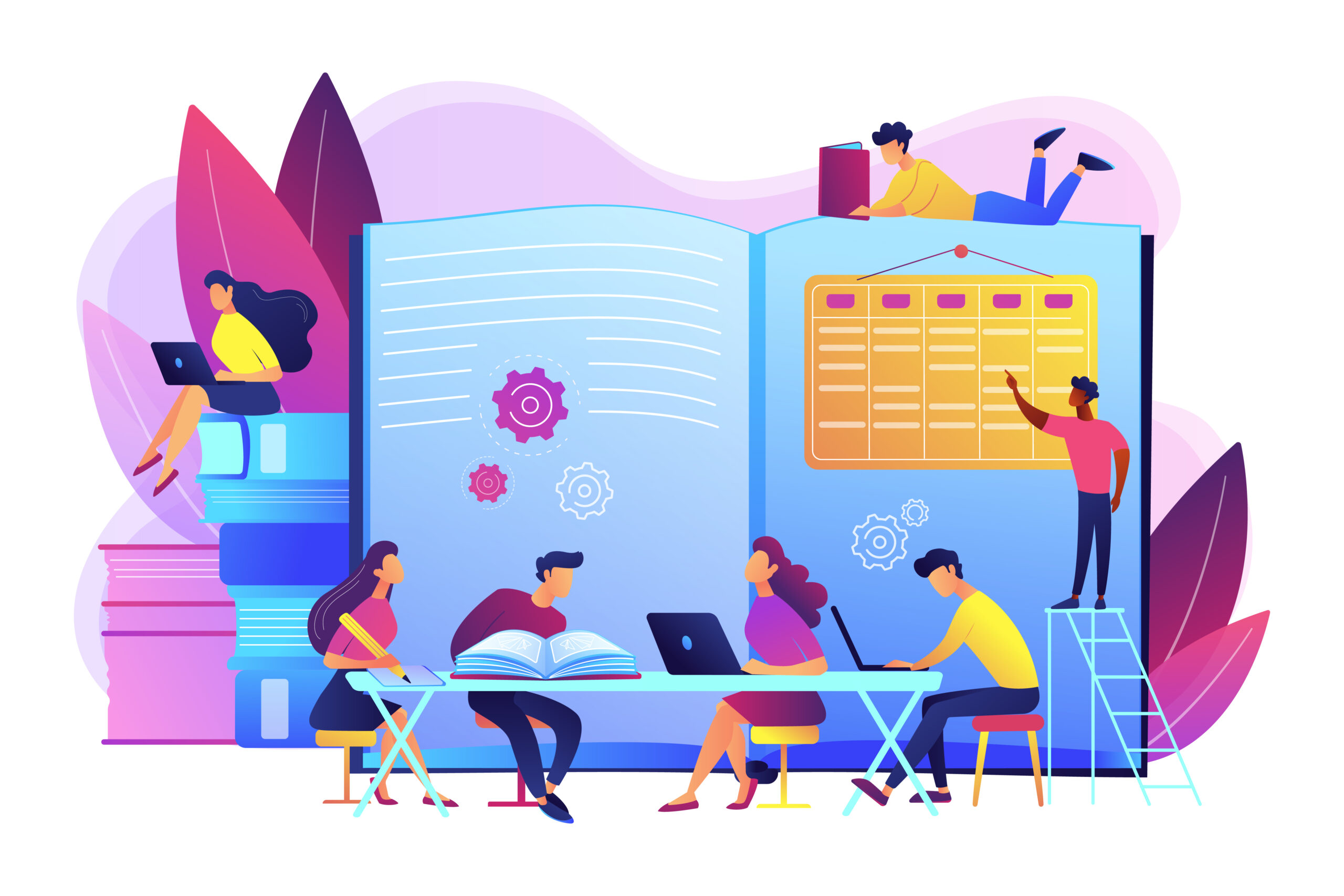In the old days, you could get by with just knowing your stuff. But those days are long gone. Now, if you want to lead a successful organisation, you and your people need to be lifelong learners. That means being open to new ideas, being willing to experiment, and never being afraid to ask questions.
That’s why it’s so important for organisations to adopt a culture of continuous learning; such a culture not only promotes employee growth and development but also enhances overall organisational performance.
However, when it comes to creating a successful continuous learning culture, organisations need to take a strategic approach that revolves around their employees. They must put in extra effort to understand each person’s unique qualities and design learning and development strategies that cater to these traits and address the associated challenges. By doing that, organisations can build a learning environment that people actually want to be a part of, leading to higher engagement, productivity, and, ultimately, business success.
In this blog post, we will delve into the importance of an employee-centric learning experience and provide actionable insights for organisations aiming to cultivate a culture of continuous learning.
Understanding Employee Personas
To build an effective continuous learning culture, gaining a deep understanding of your employees’ personas is crucial. Identifying various employee segments within your organisation allows you to tailor learning initiatives to their specific needs, preferences, and aspirations.
By conducting surveys, interviews, and assessments, you can gather valuable insights into different employee personas, such as tech-savvy learners, hands-on experiential learners, or self-directed learners. This understanding helps craft personalised learning journeys that resonate with individuals, enhancing their engagement and knowledge retention.
Addressing Specific Needs and Challenges
Analysing employee personas gives you a better understanding of the learning needs and challenges of different segments. Depending on their roles, skills, experience, and interests, employees need access to different resources or targeted approaches for effective learning. Making sure that everyone has access to the right materials can help create an environment where continuous learning is encouraged and supported.
Each employee has unique needs and faces distinct challenges when it comes to learning and development.
By taking the time to understand these challenges, organisations can provide targeted support and resources to facilitate effective learning experiences. Whether it’s offering flexible learning schedules, creating accessible learning materials, or providing mentoring and coaching opportunities, addressing individual needs demonstrates a commitment to employees’ growth, fostering a positive learning culture.
Embracing Preferred Learning Approaches
People have different learning styles and preferences, and recognising and accommodating these preferences is key to building an employee-centric learning experience. Some employees may thrive through hands-on activities, while others may prefer visual or auditory learning.
By offering diverse learning modalities, such as e-learning modules, workshops, webinars, or interactive group discussions, organisations can cater to various learning styles and enable employees to absorb and apply knowledge in ways that resonate with them.
Leveraging Employees’ Value and Expertise
Every employee brings unique skills, knowledge, and perspectives to the table.By tapping into this collective wisdom, organisations can foster a culture of peer-to-peer learning and collaboration.
Encouraging employees to share their expertise through knowledge-sharing platforms, mentoring programs, or internal workshops not only enhances the learning experience but also empowers individuals to take ownership of their development while fostering a sense of belonging and recognition.
Identifying Motivators and Incentives
Motivation plays a vital role in driving continuous learning. By understanding what motivates employees, organisations can align learning initiatives with their intrinsic drivers.
Some employees may be motivated by career advancement, while others may seek personal growth or skill diversification.
Recognising and rewarding achievements, offering opportunities for professional development, or establishing clear learning pathways can boost motivation and incentivise employees to actively engage in continuous learning.
Fostering a Learning Culture from the Top Down
Building a continuous learning culture requires leadership commitment and support. Leaders must champion the value of learning, encourage experimentation and risk-taking, and lead by example.
By visibly participating in learning activities, supporting employees’ growth aspirations, and integrating learning and development into performance management systems, leaders create a culture where continuous learning is prioritised and valued.
Aligning Learning with Career Aspirations
Career aspirations play a vital role in continuous learning journey, when organisations align their people’s learning with their career aspirations it’s always a win-win.
When employees can develop in ways that match their goals, they feel motivated and engaged, leading to better performance. It also fosters a culture of improvement and boosts loyalty.
By investing in their growth, organisations ensure they have skilled and satisfied employees who can meet future challenges effectively. So, aligning learning with career aspirations is a smart move for everyone involved.
In Conclusion,
Building a continuous learning culture is an ongoing process that requires a commitment to understanding, adapting, and fostering a culture of growth. By prioritising employee-centric learning experiences, organisations can unlock the full potential of their workforce and position themselves as industry leaders in an ever-changing landscape.

